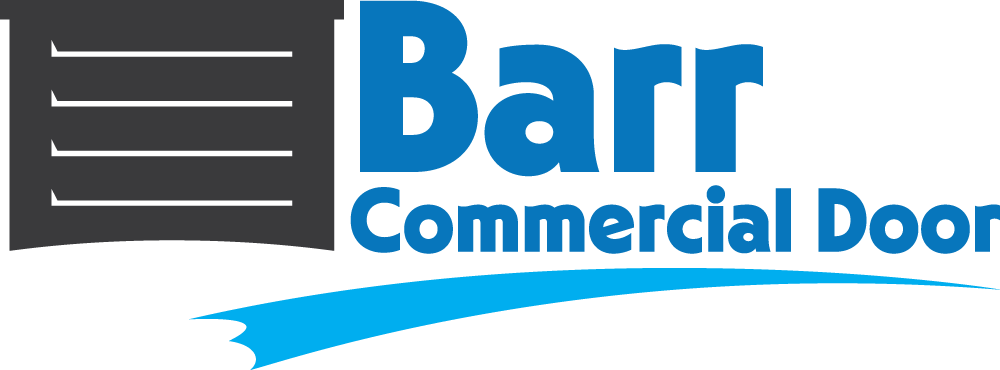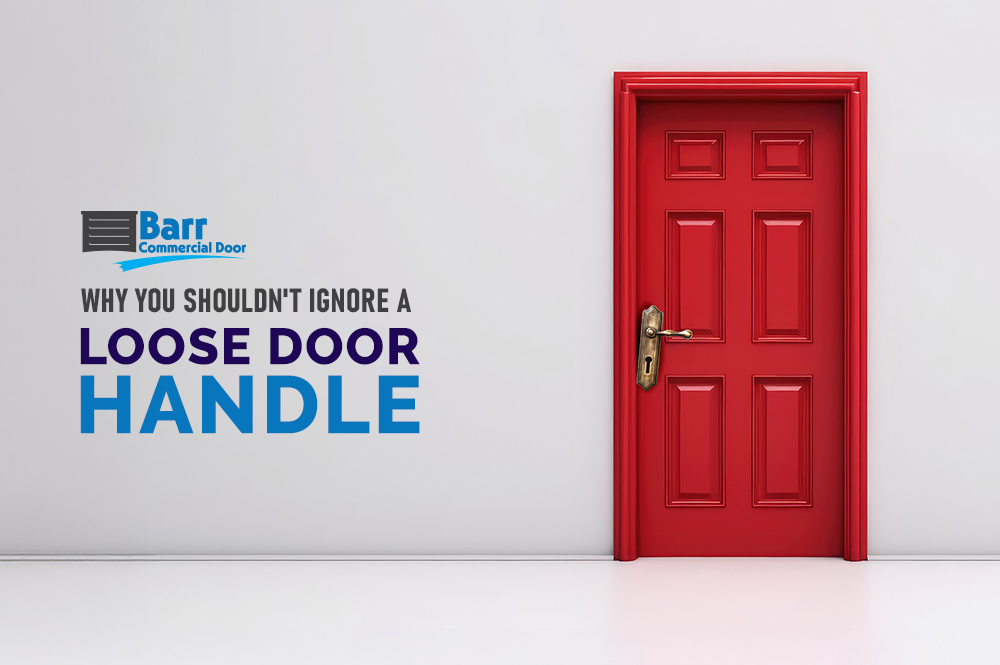Overview: Explore the key differences between interior and exterior roll-up doors — from environmental demands to security and code compliance. Discover why context defines the right choice. Read on to learn more!
Roll-up doors are deceptively simple until you’re tasked with choosing the right one. Whether you’re managing a facility upgrade, designing a commercial kitchen, or securing a warehouse, deciding between an interior or exterior roll-up door is not just about location. It’s about load demands, code compliance, insulation, cycle frequency, and even how the door impacts traffic flow.
Here’s why “just get a roll-up door” isn’t a viable strategy and what you should consider instead.
Not All Roll-Up Doors Face the Same Elements
Exterior doors must hold their own against weather, temperature shifts, wind loads, and depending on the region, corrosion from salt or pollutants.
Common uses: Shipping docks, storefront gates, garages, loading bays, emergency access points
Design priorities: Weather sealing, wind-rated performance, heavy-duty guides, optional insulation
Interior doors, meanwhile, are all about space optimization, access control, and airflow management between zones.
Common uses: Hospitals, warehouses, clean rooms, parking facilities, kitchens, and service counters
Design priorities: Speed, quiet operation, visual barriers, fire/smoke protection, pressure ratings
Bottom line: Just because a door rolls up doesn’t mean it’s ready for exterior use—or vice versa.
Security Looks Different Indoors and Out
Exterior roll-up doors are often the first line of defense against intruders. That means more robust curtain materials, tamper-resistant tracks, and integrated locking systems.
Interior roll-ups, on the other hand, might be securing a pharmacy room, server cage, or retail inventory space — requiring fast deployment and integrated access controls instead of brute strength.
Key question to ask: What are you protecting and from whom?
Don’t Let Fire Code Trip You Up
Interior roll-up doors in commercial settings often need to meet fire or smoke-rated standards. Especially in healthcare, hospitality, and manufacturing, doors may need to auto-close under alarm systems or meet strict compartmentalization codes.
Exterior doors usually focus on environmental seals and impact resistance, not fire ratings — so using the wrong door in an interior application could lead to compliance issues.
Traffic & Cycle Speed Change Everything
If a roll-up door is used 20+ times a day or hundreds, in distribution centers — then speed, motor reliability, and maintenance access all become essential.
Interior use cases often favor high-speed doors to reduce wait times and energy loss between temperature zones.
Exterior doors may be slower by design, focusing on durability over speed—but there are exceptions in fast-paced logistics environments.
Pro tip: Cycle count is often more important than size when evaluating long-term cost.
Insulation: Overlooked in Both Cases
Roll-up doors can be insulated, but that doesn’t mean they always should be. Insulation adds weight, cost, and sometimes unnecessary complexity — especially for interior zones that don’t have major temperature swings.
But for exterior roll-up doors in cold climates or climate-controlled buildings? Insulation becomes non-negotiable.
There’s No Universal “Best” — Only What Works Best for You
If you’ve ever seen an exterior door rust out in less than two years or an interior fire-rated roll-up jamming open during drills, you already know: application matters.
Instead of looking for the most popular or “heavy-duty” door, ask:
-
Where is the door being used?
-
How often will it cycle?
-
What regulations apply?
-
What is the risk if the door fails?
These aren’t afterthoughts — they’re the blueprint for choosing a door that actually works long-term.
At Barr Commercial Door, we design and install both exterior and interior roll-up door systems across Southern California’s toughest commercial environments. From food-grade interiors to hurricane-rated exteriors, we know the right questions to ask, so you don’t end up with the wrong door in the right place.
Reach out for a consultation and get a roll-up solution built for how your space actually operates.


